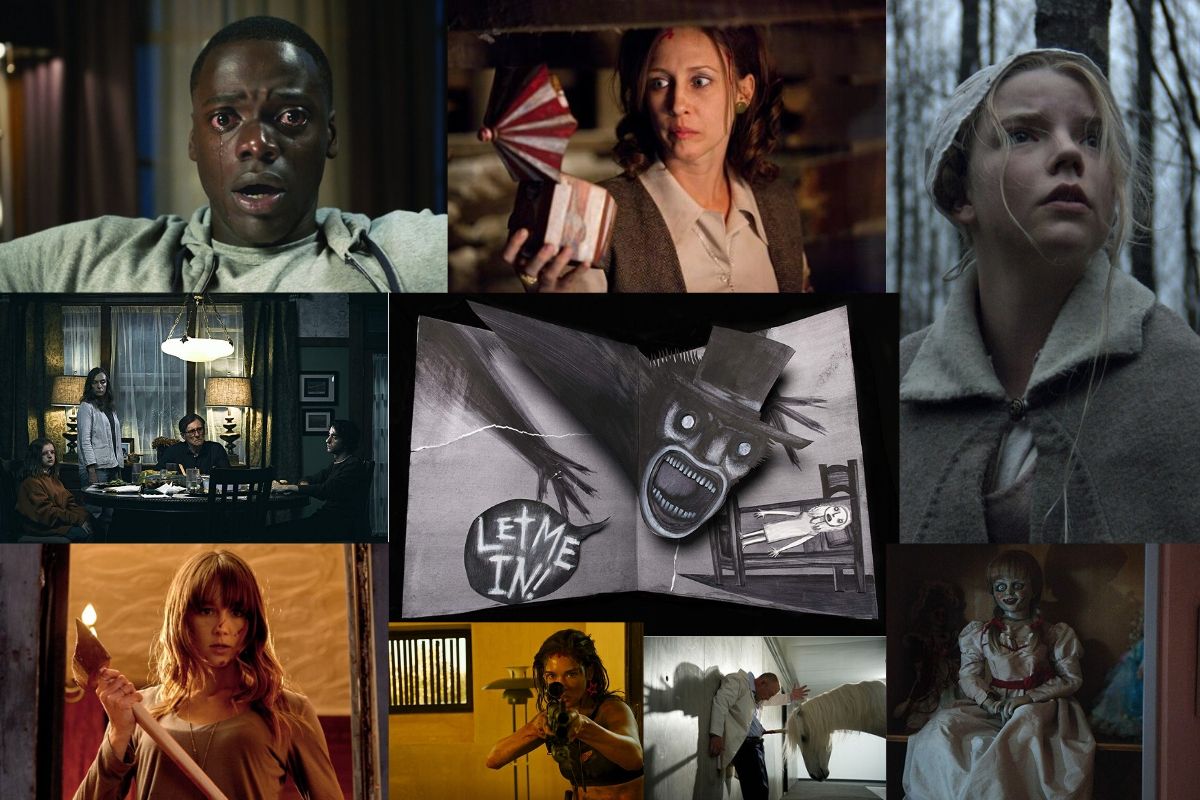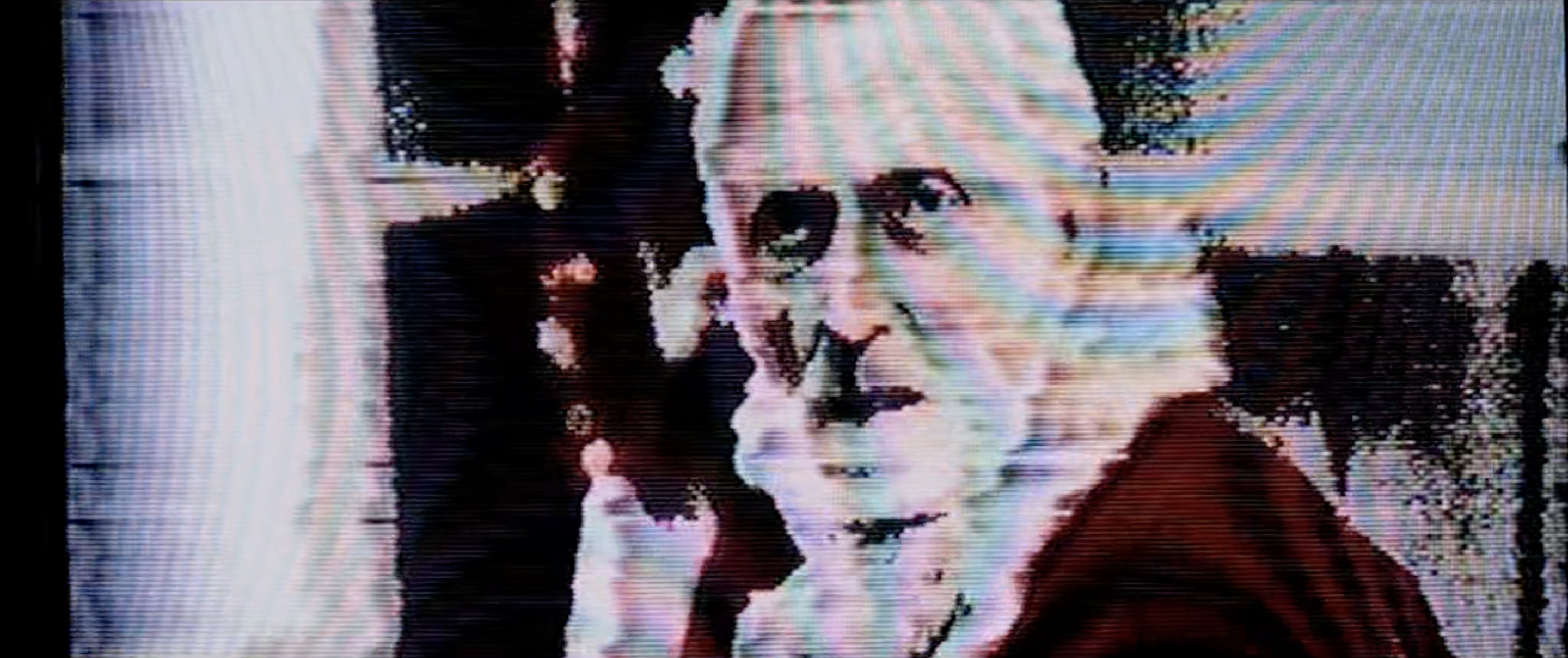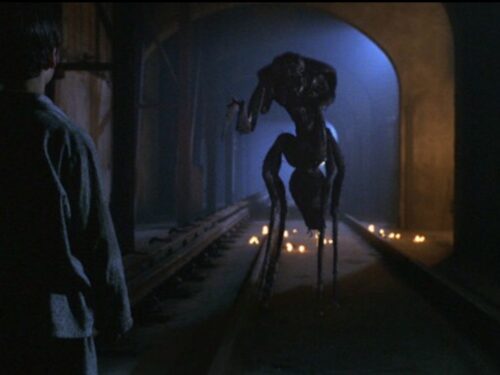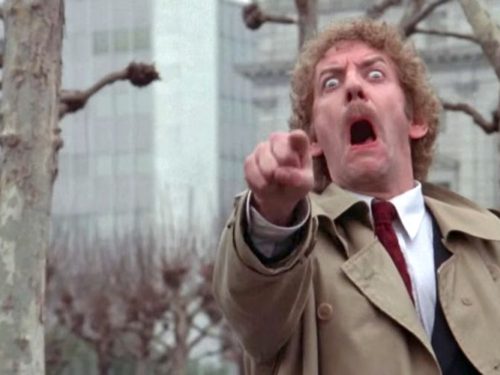Rather than debate the merit of the term elevated horror, we present a guide to this exciting decade of horror films from mumblegore to The Conjuring
There has been a rising, divisive trend in horror in recent years, though it’s hard to pinpoint exactly when and where it started. A quick Google search of the term “Elevated Horror” will return an endless list of examples, definitions and starting points. It may have first arisen with Jordan Peele’s timely, issue-based Get Out (2017) before picking up steam with Ari Aster’s tragedy-turned-terrifying Hereditary (2018). Some speculate it began sooner, with Robert Eggers’ carefully crafted period piece The Witch (2015) or Jennifer Kent’s monumental feature debut The Babadook (2014).
The larger debate than the term’s origin, however, is its purpose, intention and what it implies about the 100-plus years of horror films before it. The term “Elevated Horror” has become fodder for heated debate among cinephiles, with horror fans in particular being vehemently opposed to its usage. So, those of you who clicked on this article wondering what fresh hell I’m proposing by exhuming this term out of its freshly dug grave, let me calm your nerves. I’m not interested in joining or contributing to this tired debate. While I agree with many like-minded horror fans that the term manages to both condescend the films it references and insult every film excluded from its umbrella, I have a more constructive exploration in mind here.
Revisit Split Tooth Media’s 31 Days of October Horror
There are seeds of important innovations in horror buried in this broad term, each of which has indeed been a revolutionary development in this decade’s unmistakable horror boom. So rather than deride the terminology itself, let’s consider “what we talk about when we talk about elevated horror” and delve into the concepts that brought us to this exciting moment in horror film history.
Ideally this will also introduce newfound horror fans — anyone who has found themselves respecting the genre more in recent years thanks to these “elevated” films — to some of the other exciting trends in horror cinema from the past decade that deserve equal, if not greater, attention and affection.
If we’re talking about creators coming out of nowhere with fresh, original ideas:
Might I suggest exploring Mumblegore? In the early 2000s, a group of young, ambitious filmmakers started making low-budget, inventive, realistic indie dramas and comedies in a movement dubbed Mumblecore. These filmmakers maintained a familial style filmmaking, switching roles between camera, producing, directing and starring in each other’s works. Eventually, many in this batch tried their hand with horror films to even more thrilling results, allowing them to stretch their creativity with new twists, special effects and violence galore. In many ways, this became the predecessor for the Blumhouse production house brand of horror: small, low budget, scrappy and original films.
Top five Mumblegore films:
5) V/H/S (2012): A found footage compilation showcasing dozens of great mumblegore voices.
4) The Sacrament (2013): Ti West’s disturbing follow-up to his retro-slasher The House of the Devil.
3) Cheap Thrills (2013): E.L. Katz’s inventive, gruesome examination of our ugliest impulses.
2) Creep (2014): Patrick Brice’s simple yet effective thriller with a brilliant turn by Mark Duplass.
1) You’re Next (2011): Adam’s Wingard’s clever, twist-filled home invasion masterpiece.
If we’re talking about high-quality production value and performances:
Might I suggest exploring more of James Wan’s incredibly artful, narratively gripping and utterly terrifying films? Following his breakout with the Saw franchise, Wan went in a decidedly more character-focused direction with his record-breaking Insidious and The Conjuring films.
Top Five James Wan-created films:
5) Annabelle (2014): A surprisingly creepy spin-off film that freshens the haunted doll narrative.
4) Lights Out (2016): A prize-winning short film developed into an equally terrifying feature.
3) The Conjuring 2 (2016): An ambitious, well-crafted continuation of the Warren family story.
2) Insidious (2010): The film that started it all with a huge, buzzy sale out of TIFF.
1) The Conjuring (2013): The perfect birthplace of the “universe,” based on a haunting true story.
If we’re talking about highbrow horror that tackles timely social issues:
Might I suggest giving some female directors a little more attention? These women have been tackling issues of gender, sexuality, ethnicity and family tragedy years before Eggers, Mitchell, Peele and Aster hit the stage.
Top Five Female-Directed horror films of the 2010s:
5) Tigers Are Not Afraid (2017): Isa Lopez’s fairytale-like exploration of Mexico’s drug culture
4) A Girl Walks Home Alone At Night (2014): Ana Lily Amirpour’s chic take on the vampire mythos.
3) Raw (2016): Puberty and sexual awakening in a bloody new package by Julia Ducournau.
2) We Need to Talk About Kevin (2011): Lynne Ramsay’s master class in family dysfunction.
1) Revenge (2017): Coralie Fargeat’s debut is the rape-revenge movie of the decade, hands-down.
If we’re talking about combining genres to fuse horror into other, more “respectable” mediums:
Let’s give a quick, essential shout out to the genius horror-comedies that have made parody an art form this decade. Often “elevated horror” films have been celebrated for their ability to balance tones, but no genre hybrid has it harder than horror-comedies. When done effectively, they’re the smartest and most entertaining brand of horror out there.
Top Five Horror Parodies:
5) The Dead Don’t Die (2019): Jim Jarmusch tackles zombie lore with a lovable cast of quirky characters.
4) Piranha (2010): The Corman classic remade with subversively excessive levels of sex and gore.
3) The Final Girls (2015): A winking love-letter to all the classic slasher-in-the-woods movies.
2) What We Do in the Shadows (2014): Vampires get the Waititi treatment with pitch-perfect results.
1) The Cabin in the Woods (2011): The end-all-be-all best horror comedy, encapsulating every monster and ghoul in one tidy, hilarious package.
There you have it: 20 films that aren’t often referenced as part of the Elevated Horror cannon that nevertheless deserve a second look. It has been an incredible decade for horror of all stripes, so it’s time we justly celebrate this diverse, complex and exciting genre that has always been elevated above the rest.
Follow our series of The Best of the 2010s in Film here
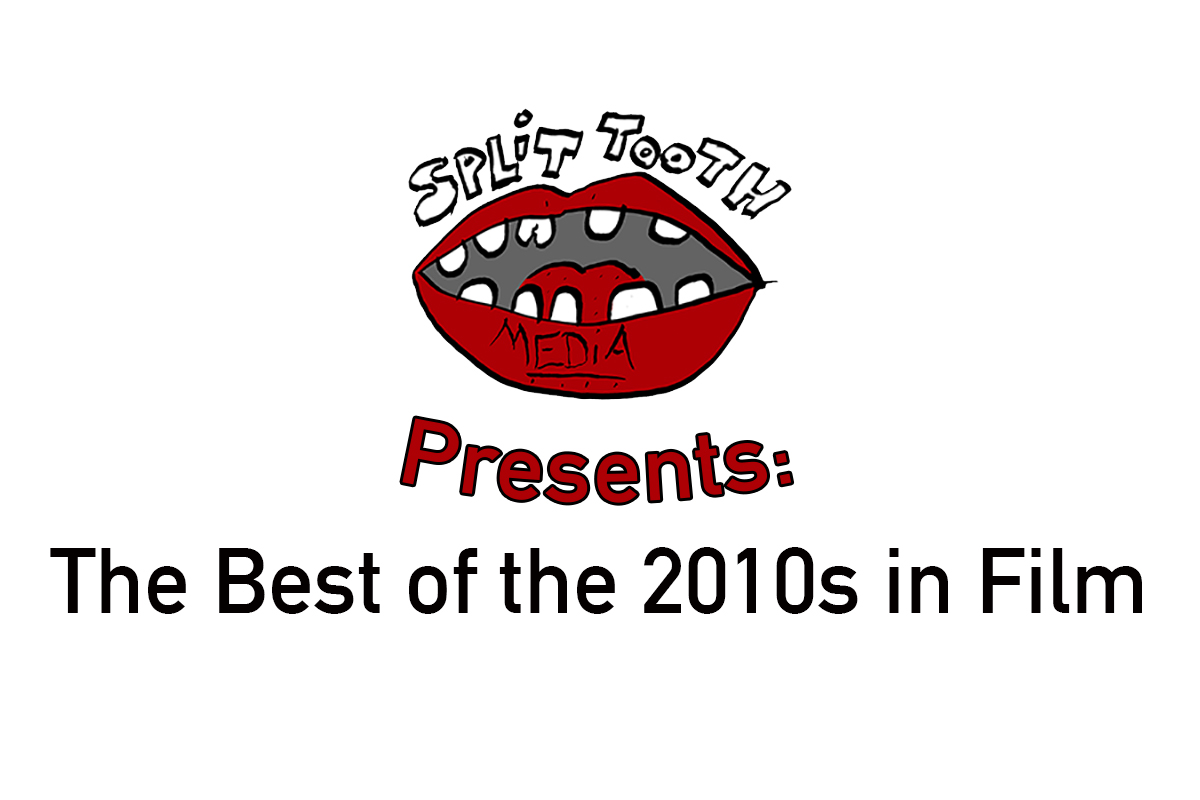
Follow Logan and Split Tooth Media on Twitter
(Split Tooth may earn a commission from purchases made through affiliate links on our site.)

